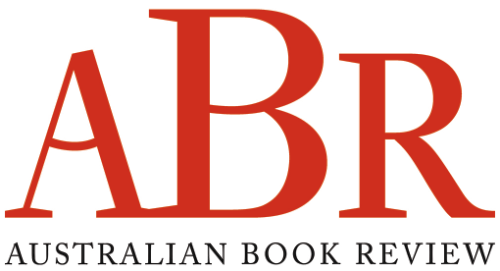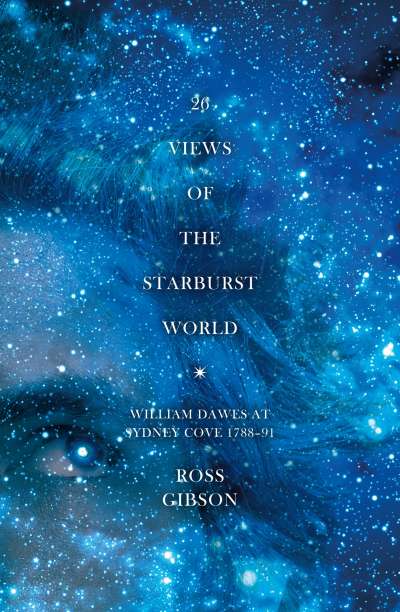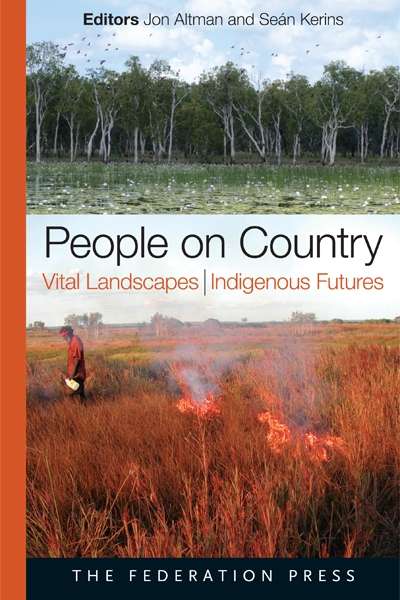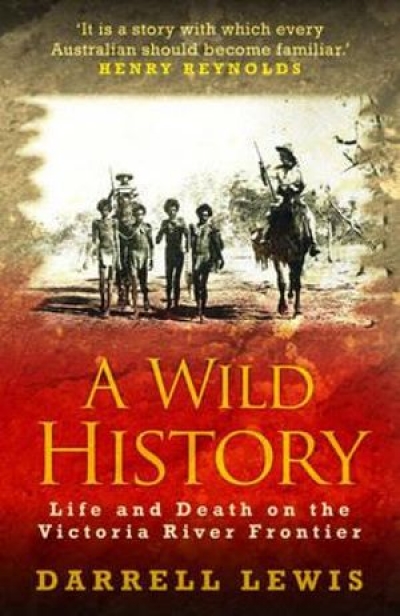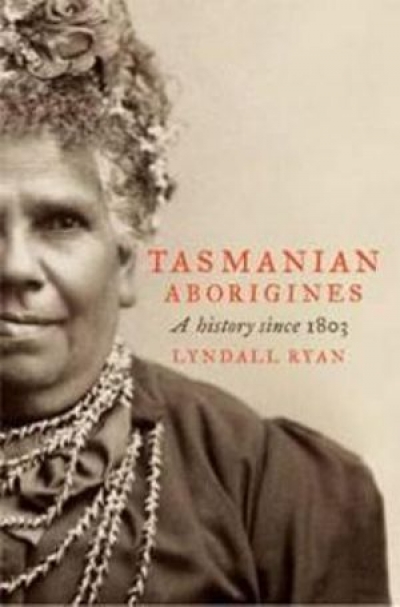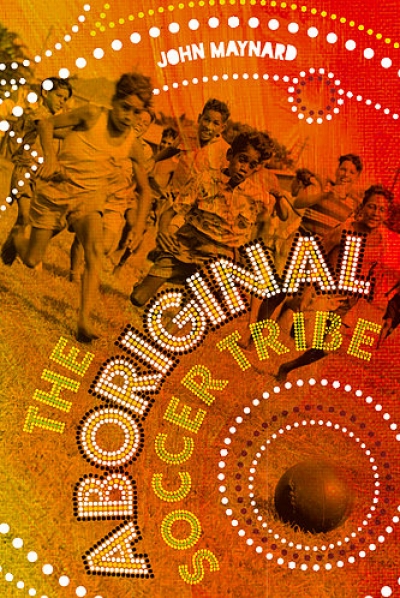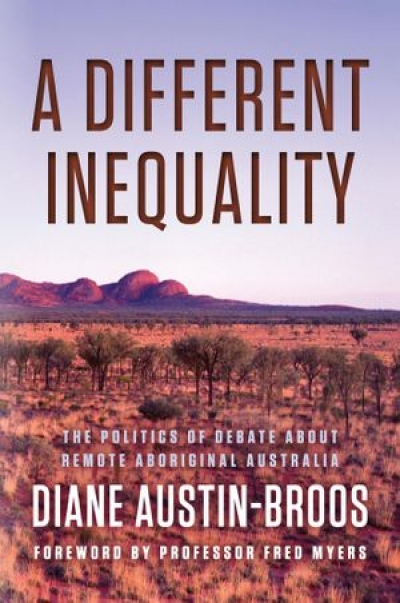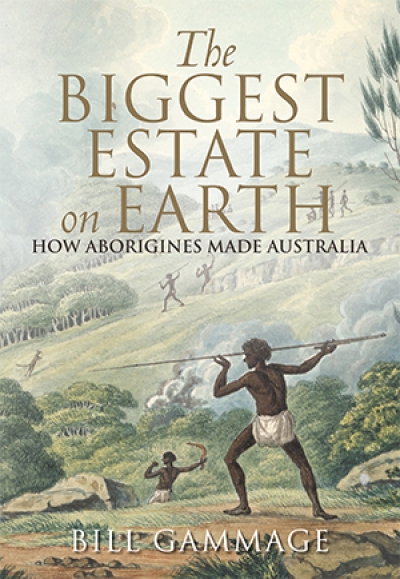Indigenous Studies
The morgue in Gunbalanya holds no more than half a dozen corpses – and, as usual, it was full. When the Old Man died in the wet season of 2012, they had to fly him to Darwin, only to discover that the morgue there was already overcrowded. So they moved him again, this time to Katherine, where they put him on ice until the funeral. The hot climate notwithstanding, things can move at glacial speed in the Northern Territory, where the wags tell you that NT stands for ‘Not today, not tomorrow’. The big departure had stalked and yet eluded the Old Man in recent years. Now he would wait six months for his burial. Only then would he be properly ‘finished up’, as they say in Gunbalanya, a place rich in many things: poverty, and euphemisms for death, among them.
... (read more)26 Views of the Starburst World: William Dawes at Sydney Cove 1788–91 by Ross Gibson
People on Country: Vital Landscapes, Indigenous Futures edited by Jon Altman and Seán Kerins
A Wild History: Life and death on the Victoria River frontier by Darrell Lewis
Tasmanian Aborigines: A History Since 1803 by Lyndall Ryan
The Aboriginal Soccer Tribe: A History of Aboriginal Involvement with the World Game by John Maynard
A Different Inequality: The politics of debate about remote Aboriginal Australia by Diane Austin-Broos
The Biggest Estate on Earth: How Aborigines Made Australia by Bill Gammage
I am a doctor. Once I was a doctor of individuals, now I am a ‘doctor of populations’. Population health is about actions to improve the health of communities, nations, and the world. Challenges are many: the mobility and density of populations, contemporary desires and pressures, the safety of food in complex systems, poverty, the immense power of big businesse ...
